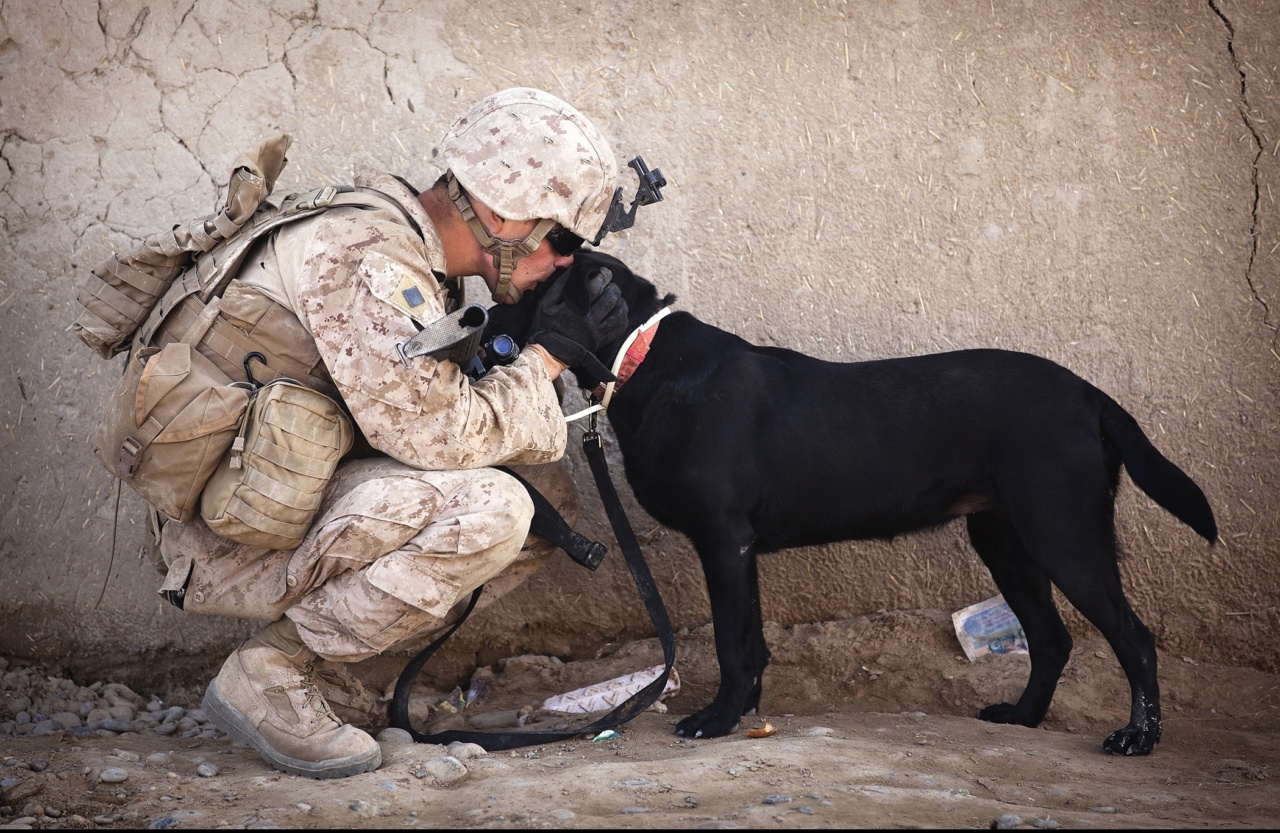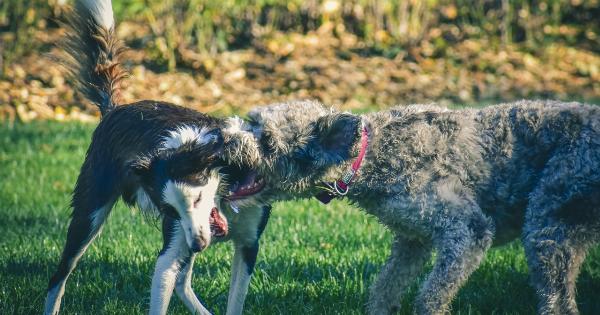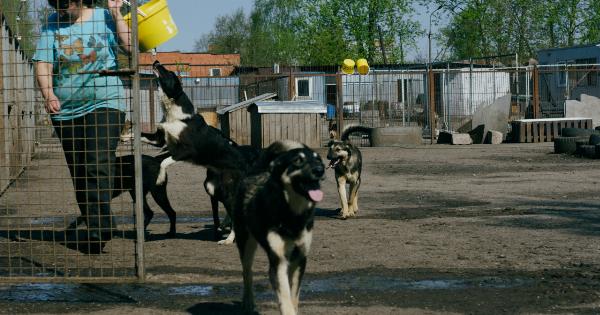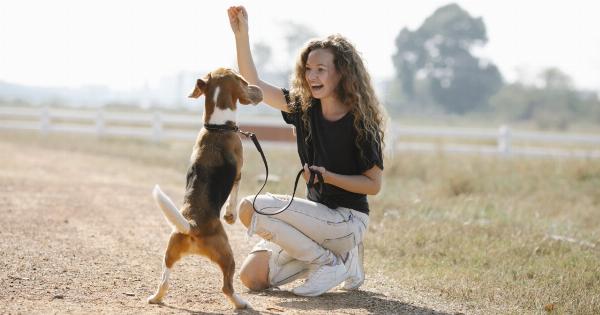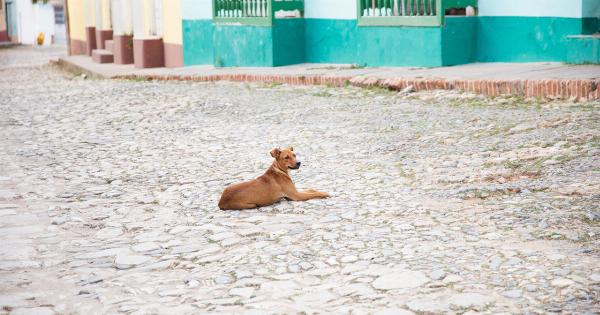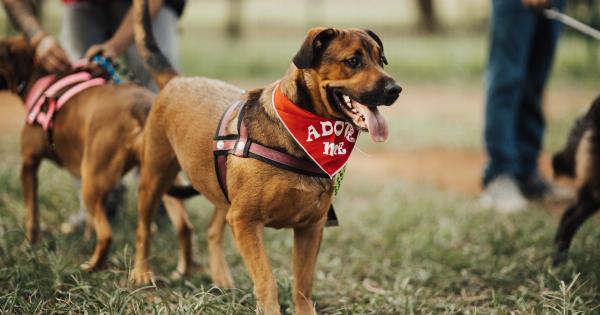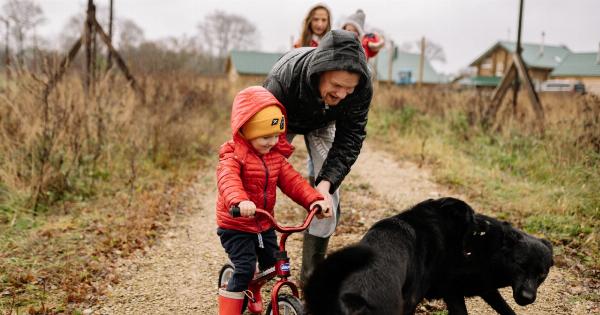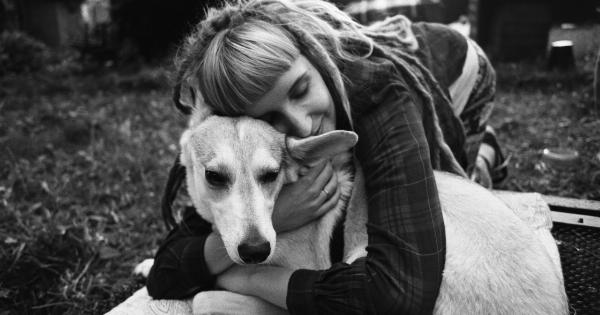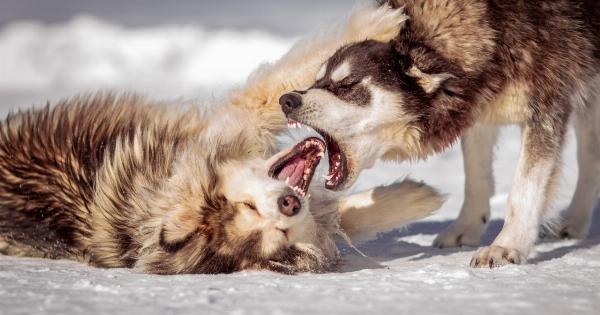Having a territorial dog can be both challenging and frustrating for many pet owners. When a dog becomes overly protective of their space and doesn’t allow anyone near, it can make daily activities difficult and limit social interactions.
However, understanding the reasons behind this behavior and implementing proper training techniques can help address this issue and create a more harmonious environment for both the dog and the people around.
1. Identifying Signs of Territorial Behavior
Before we can address the problem at hand, it’s crucial to be able to recognize the signs of territorial behavior in dogs. Some common indications of territoriality include:.
- Barking or aggressive behavior towards visitors or strangers
- Guarding certain areas of the house, such as doorways or windows
- Growling, snarling, or lunging at people or other animals approaching their space
- Marking territory through urine or scent marking
2. Possible Causes of Territorial Behavior
Understanding the underlying causes of territorial behavior can greatly assist in addressing the issue effectively. Several factors can contribute to a dog’s territorial nature:.
- Instinctual behavior: Dogs have a natural instinct to protect their belongings and territory, which stems from their evolutionary history as pack animals.
- Lack of socialization: A dog that hasn’t been adequately exposed to different environments, people, and animals may develop territorial behavior due to fear or anxiety.
- Previous traumatic experiences: Dogs that have experienced traumatic events in the past, such as abuse or attacks, may develop a heightened sense of territoriality as a defense mechanism.
- Overprotective owners: Dogs can mirror their owners’ behavior. If an owner exhibits overprotective tendencies, the dog may also become territorial as a result.
3. Seek Professional Guidance
If your dog’s territorial behavior is causing significant disruption and affecting their overall well-being, it’s highly recommended to consult with a professional dog trainer or animal behaviorist.
These experts have the knowledge and experience to assess the situation and provide tailored training strategies to address your dog’s territorial behavior effectively.
4. Gradual Exposure to New People and Situations
One of the key aspects in helping a territorial dog is gradual desensitization and exposure to new people, situations, and environments. This process should be done incrementally and at a pace that your dog is comfortable with.
Start by introducing your dog to non-threatening visitors and establish positive associations through treats and rewards. Over time, increase the level of interaction and exposure to different scenarios.
5. Consistent Training and Reinforcement
Consistency is vital when training a territorial dog. Establish clear boundaries and rules for your dog, and ensure that every member of the household is on board with these guidelines.
Consistently reward good behavior and redirect or discourage unwanted territorial behavior using positive reinforcement techniques. Avoid punishment, as it can exacerbate the problem and create fear or anxiety in your dog.
6. Provide a Safe Space
Having a designated safe space for your dog can help alleviate feelings of anxiety, which may contribute to territorial behavior. Create a comfortable area where your dog can retreat to when they feel overwhelmed or threatened.
Make this space cozy and filled with familiar items, such as their bed, toys, and blankets. Respect your dog’s need for solitude and personal space.
7. Exercise and Mental Stimulation
Adequate exercise and mental stimulation are essential for all dogs, especially those with territorial tendencies.
Regular physical activity helps release excess energy, reducing the likelihood of frustration or restlessness that may lead to territorial behavior. Engage your dog in activities that challenge their mind, such as puzzle toys or obedience training, to keep them mentally stimulated and focused.
8. Seek Professional Help for Severe Cases
In some cases, a dog’s territorial behavior may be deeply ingrained or associated with severe anxiety or fear.
If the problem persists despite your best efforts, or if the behavior escalates to aggression, it’s crucial to seek professional help immediately. A qualified animal behaviorist or veterinarian can assess your dog’s situation and provide appropriate intervention, which may include behavioral medications or specialized training techniques.
9. Patience and Time
Addressing and modifying a dog’s territorial behavior takes time, patience, and consistency. It’s essential to approach the process with a positive mindset and understand that progress may be gradual.
Celebrate small victories and seek support from professionals or fellow dog owners who have dealt with similar situations.
10. Enjoying a Well-Balanced Relationship
With proper understanding, training, and ample love and care, a territorial dog can learn to relax and trust in their environment. Remember that every dog is unique, and progress may be individualized.
Aim for a well-balanced relationship with your dog, based on trust, respect, and clear communication.
